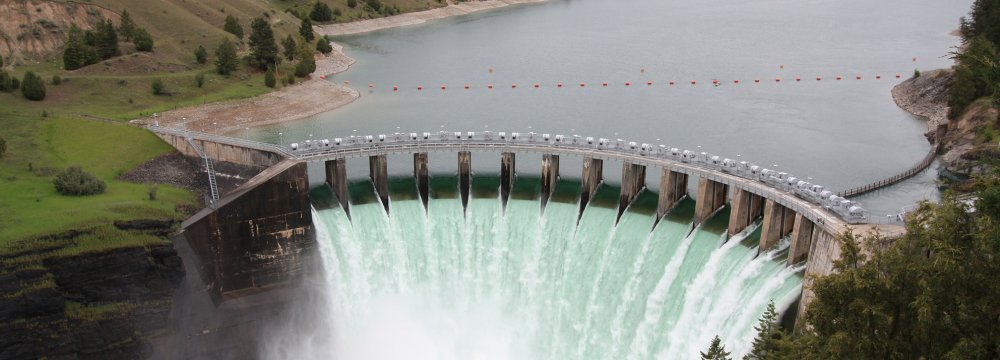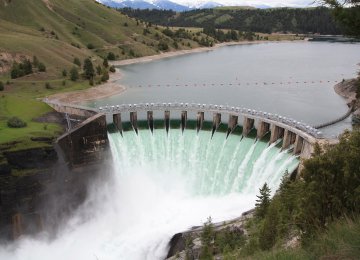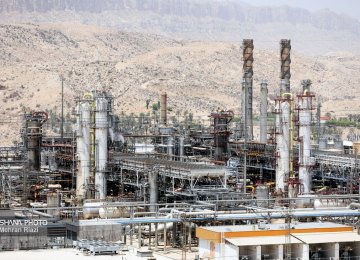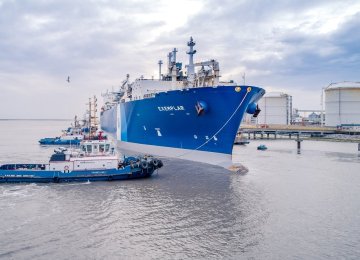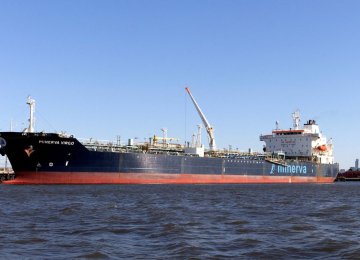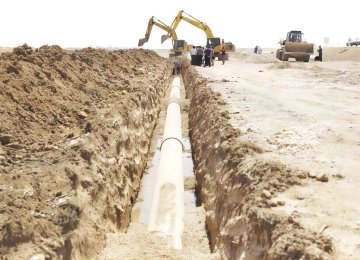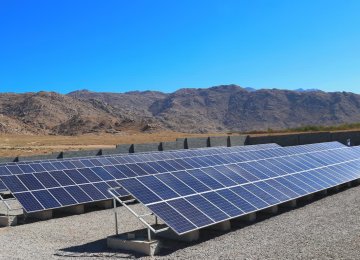Energy Minister Hamid Chitchian said more than 20 investment contracts in the water sector worth nearly $500 million will be signed with the domestic private sector in the coming days.
The contracts follow a deal that was signed on Sunday between Iranian engineering consortium MAPNA Group and the Thermal Power Plants Holding Company to build new combined-cycle power plants with a total generation capacity of 5,000 megawatts, IRNA reported.
A consortium of Turkish and Belgian companies will reportedly finance the power plant projects that will cost an estimated $3 billion to be built. This will mark the first major foreign investment deal in the power industry after the removal of sanctions.
Speaking at the ceremony for signing the power plant projects, Chitchian announced that 14 dams will become operational in the current Iranian year (ending March 20, 2017).
“Of the planned projects, three dams have so far gone on stream with the participation of the private sector,” he said.
The minister stressed that in the current year, 55,000 hectares of agricultural land will be provided with irrigation and drainage networks, at least 80% of which will be executed by the private sector.
"All water and power operations of the ministry, including the manufacture of equipment, consultation and investment, are carried out by private sector companies," he said.
Pointing to the presence of foreign companies in Iran’s large water and power sector, he said foreign firms are required to cooperate with Iranian private companies and undertake technology transfer and finance.
On the possibility of raising water and electricity prices, Chitchian said although the issue is mentioned in the Subsidy Reform Plan, the Energy Ministry has not so far proposed any price increase to the administration.
***Electricity Plans
Iran is in need of increasing its power generation capacity by 47,000-50,000 MW in the next 10 years, which marks the end of the seventh five-year development plan (2021-26), the minister said, adding that 26,500 MW are needed in the next five years.
Chitchian stressed that in line with Resistance Economy, launching the execution of new power plants, which will add 10,000 MW to the country’s power capacity, and developing steam units in the gas-fueled power plants for producing 7,000 MW following the contract with MAPNA Group and FARAB Company are on the agenda.
Resistance Economy is a set of guidelines proposed by the Leader of Islamic Revolution Ayatollah Seyyed Ali Khamenei for making the economy less reliant on oil revenues by empowering domestic producers and diversifying non-oil exports.
“Plans have been made to set up power plants with a capacity of 2,000 MW in the current year,” he said.
Referring to an announcement seven months ago, which invited Iranian investors to cooperate with MAPNA for the manufacture of F-class turbines, he added that because of the private sector’s lack of interest, the Energy Ministry was obliged to buy power plant equipment from MAPNA.
The minister underlined the significance of employing F-class turbines instead of older versions and said, “Given that a power plant uses F-class turbines for 20 years with a gas price of 10 cents for each cubic meter, all the construction costs will be returned by the savings.”
Chitchian noted that the MoU between the two Iranian companies will mark a long stride toward the realization of Resistance Economy in view of factors such as increasing efficiency by using cutting-edge turbines, reducing energy consumption and contributing to the knowledge-based economy, which will make Iran one of the five countries with state-of-the-art-technology and higher competitive abilities in international markets.
“The MoU is focused on transfer of technology from international manufacturers of power plant equipment to Iran’s electricity industry,” Mohsen Tarztalab, TPPH’s managing director, also said.
Tarztalab added that the construction process of two gas power plants, with a capacity of 602 MW and two other 288-MW steam units in Mahshahr and Bandar Abbas respectively, has so far been completed and negotiations for building four power plants are close to a deal.
According to Abbas Aliabadi, managing director of MAPNA Group, Iran’s power industry is capable of adding 6,000-8,000 MW of annual capacity.


